Traditional Korean painting is very different from its Western counterpart having its roots in the unique lines and colors of the Orient. Evidence of early Korean paintings can be found in the royal tombs of |
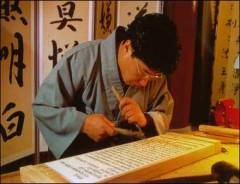 Painting making |
the Three Kingdoms Period (57 B.C. - A.D. 668) which have helped to piece together details about the lifestyles of the time. |
During the later Goryeo Dynasty (A.D. 918-1392) Buddhism reached its peak leaving many precious Buddhist paintings and images in temples around the country. Confucianism became the political ideology of the Joseon Dynasty (A.D. 1392-1910) and the upper class intellectuals who produced much of the art were profoundly influenced by the Chinese style. |
Folk painting, which became popular among the lower classes, was not influenced by any particular school but used free, expressive techniques and bright colors to depict strength, humor and leisure. Both Western and Korean schools of painting coexist today in Korea and some new works are being created which harmoniously combine the two styles. |
The following are the example of traditional Korean painting:- |
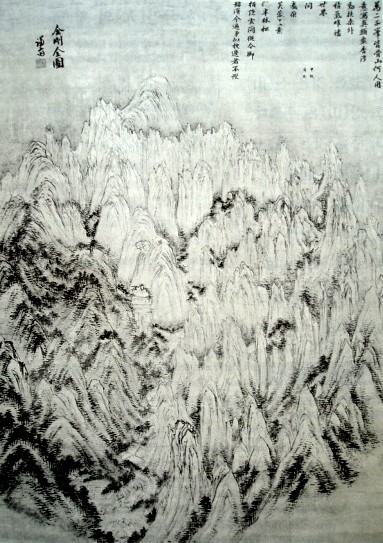 Landscape of Kumgangsan in Korea |
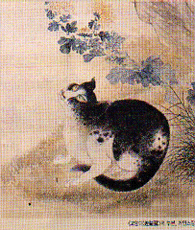 Joseon Dynasty painting |
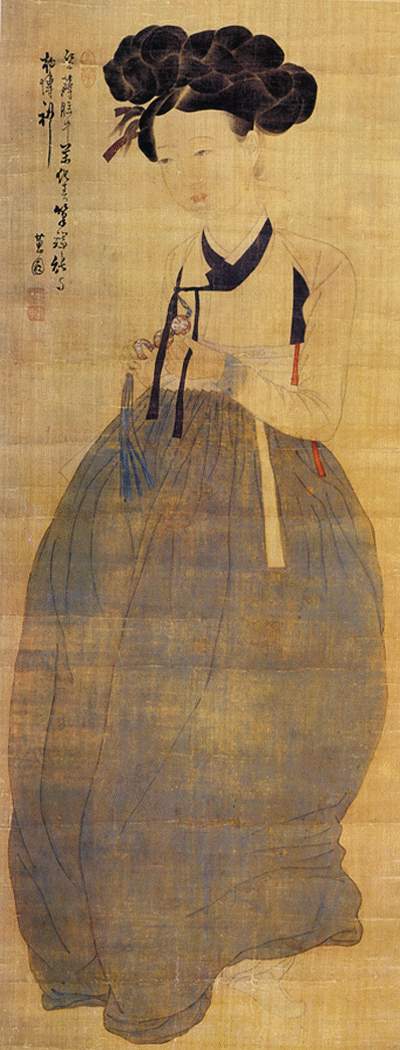 'Portrait of a Beauty' by Hyewon |
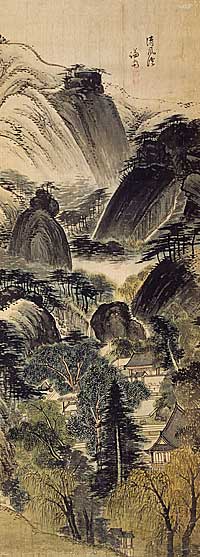 'Valley of cool breezes' by Jeong Sun |
|





